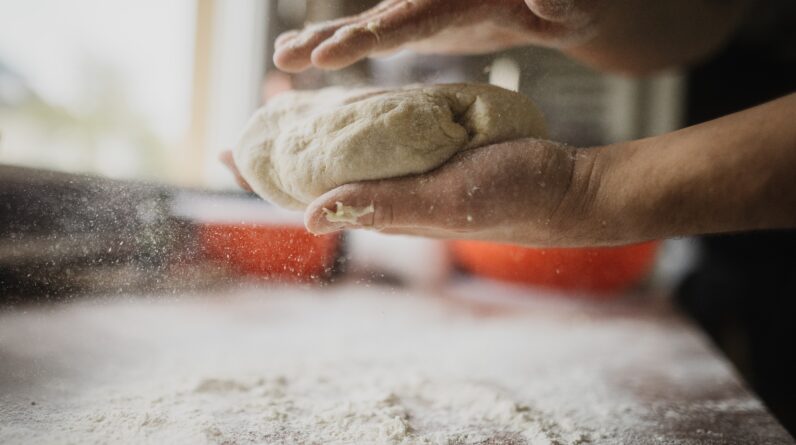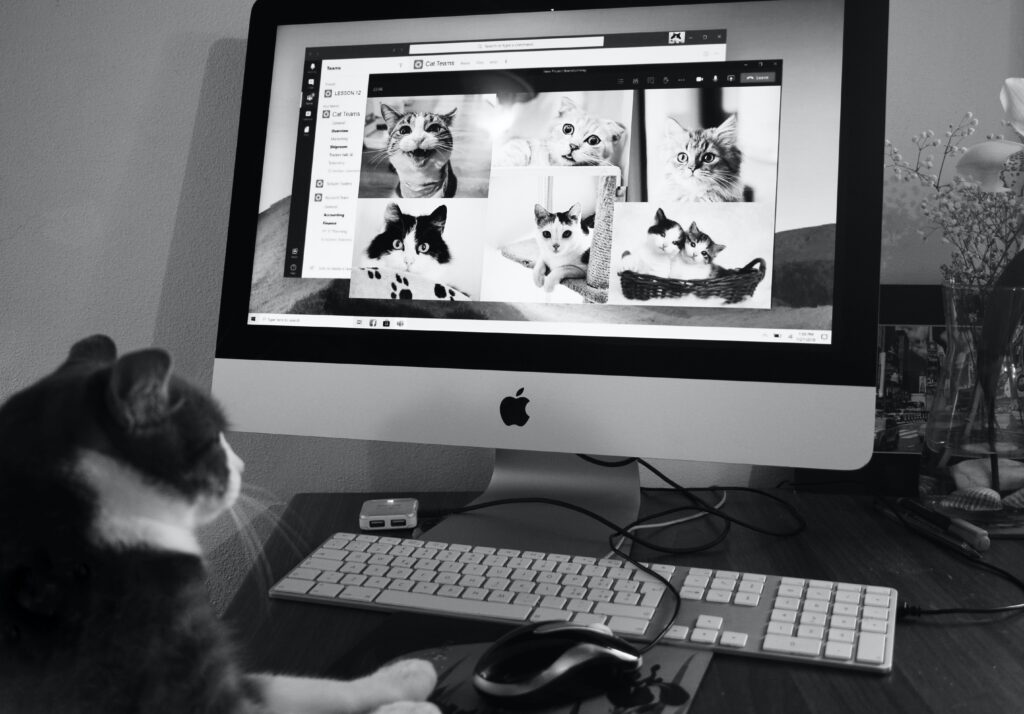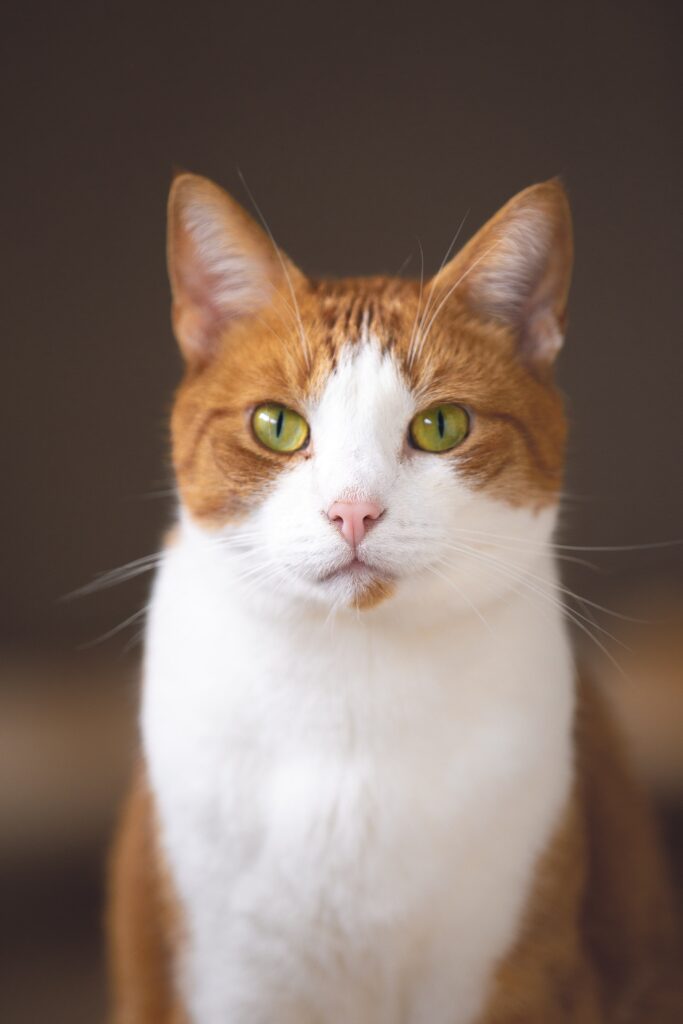
Have you ever wondered why your adorable feline companion always seems to knead with their paws? It’s a common and endearing behavior that many cat owners witness on a regular basis, but what exactly is the reason behind it? In this article, we’ll explore the fascinating world of cats’ kneading behavior and uncover the various theories that seek to explain this intriguing phenomenon. So, if you’ve ever been curious about why cats knead, get ready to unravel the mysteries of this adorable and slightly perplexing behavior.
Table of Contents
Physical Behavior of Cats
Definition of Kneading
Kneading is a common physical behavior exhibited by cats, which involves alternating and rhythmic pushing motions with their paws against a soft surface. This action can often be seen as a cat rhythmically massaging or “kneading” a blanket, pillow, or even their human caretaker. While it may appear peculiar or amusing to some, understanding the significance of kneading is essential to comprehend the complex nature of feline behavior.
Description of the Action
When a cat engages in kneading, they typically push their paws forward and backward, using their claws to press into the surface. The motions closely resemble the actions of kneading dough, hence the term “kneading.” Cats often accompany this behavior with a motion of retracting and extending their claws during each push. While some cats may simply move their paws back and forth, others might also incorporate biting or drooling into the kneading ritual.
Significance of Kneading
Natural Instincts
Kneading is an instinctual behavior that stems from a cat’s early experiences as a kitten. When kittens are nursing, they naturally engage in kneading actions against their mother’s mammary glands, which helps stimulate milk flow. As cats grow older, this instinctual behavior to knead continues even beyond their nursing period. It serves as a reminder of their early days and provides comfort and relaxation.
Comfort and Security
Kneading is often attributed to a sense of comfort and security. By engaging in this behavior, cats release endorphins, which create a feeling of contentment. The rhythmic motion and the tactile stimulation provided during kneading can serve as a soothing activity for cats, reminiscent of their peaceful and safe times during kittenhood.
Territorial Marking
In addition to comfort, kneading also plays a role in territorial marking. Cats have scent glands in their paw pads, and when they knead against a particular surface, they leave behind their scent through these glands. This scent communication is a way for cats to mark their territory and convey a sense of ownership. By kneading, cats are effectively saying, “This spot is mine.”
Communication
Kneading can also be a form of communication between cats and their human companions. When a cat kneads on a person, it is often interpreted as a sign of affection and trust. The rhythmic pushing motion and paw movements against the individual’s body or lap serve as a way for cats to mark their human as a part of their territory and express their feelings of closeness.
Mimicking Nursing Behavior
Kneading can also be seen as an attempt to recreate the sensations of nursing for comfort and relaxation. The action of pushing against a soft surface mimics the pawing movement made by kittens to stimulate milk flow from their mother. By replicating this behavior, cats instinctively seek the same sense of security and familiarity that nursing provided them during their early days.

Contribution of Ancestral Habits
Wild Cat Ancestry
Kneading behavior can be traced back to the domestic cat’s wild ancestors, such as the African wildcat. In the wild, these species engaged in similar actions to create comfortable nest-like resting spots. By kneading the grass, leaves, and foliage of their environment, wild cats were able to make a cozy bed to rest upon.
Sustenance and Nesting
Historically, kneading behavior served multiple purposes for wild cats. It not only helped create suitable nesting areas but also played a role in preparing the surface for hunting and feeding. By kneading the ground or foliage before pouncing on prey, cats were able to soften the surface, ensuring a more successful and comfortable catch.
Preparation for Birthing
Kneading behavior may have also aided in the preparation of birthing sites for wild cats. By kneading and manipulating the ground or soft vegetation, cats could create a warm and secure space for giving birth to their kittens. This innate behavior, passed down through generations, continues to manifest in domestic cats, even if they no longer give birth in the wild.
Physical and Biological Factors
Muscle Engagement
The repetitive pushing and pulling motion involved in kneading engages a variety of muscles in a cat’s paws and legs. This action helps promote muscle development and tone, keeping their limbs strong and agile. Kneading serves as an exercise for feline muscles, providing a natural form of physical activity.
Tactile Stimulation
The sensation experienced during kneading offers cats valuable tactile stimulation. The act of pressing their claws into a surface allows cats to feel the texture and pressure beneath their paws. This sensory input helps them explore and interact with their surrounding environment, providing mental and physical stimulation.
Endorphin Release
Kneading promotes the release of endorphins in cats. These natural feel-good hormones create a sense of relaxation and contentment for felines. The rhythmic motion and tactile sensation associated with kneading act as a sort of therapeutic massage for cats, offering them a comforting and rewarding experience.
Claw Maintenance
The motion of extending and retracting their claws during kneading serves a practical purpose – it helps cats maintain their claws. By pushing their claws in and out, cats instinctively keep them sharp and in good condition. This behavior is part of the feline’s innate grooming routine, ensuring their claws are always ready for hunting, self-defense, and climbing.
Stretching and Flexing
Kneading is often accompanied by stretching and flexing of a cat’s limbs and back. As they push their paws against a surface, cats commonly arch their backs and stretch their bodies in a satisfying manner. This stretching helps maintain flexibility, improves blood circulation, and prevents muscle strain.

Associations with Kittenhood
Connection to Kittenhood Nursing
The act of kneading is deeply connected to a kitten’s early nursing days. During nursing, kittens instinctively knead their mothers’ mammary glands to promote milk flow. This behavior establishes a positive association with kneading, as it is directly linked to nourishment and comfort. As adult cats, they often continue this behavior as a way to reminisce about their nurturing period.
Comfort Seeking Behavior
Kneading is a behavior that manifests when cats are seeking comfort and security. Kittens, in particular, may exhibit kneading behavior when they feel anxious or stressed. The rhythmic motion and association with nursing provide a comforting sensation that helps alleviate their worries and provides a sense of well-being.
Attachment to Maternal Bond
Kneading behavior can also be indicative of a strong attachment to the maternal bond. Even as adult cats, they may knead against soft surfaces or the laps of their human caregivers. This behavior reflects the deep emotional connection that cats develop and seek with their caretakers, reminiscent of the bond formed with their mother during their early development.
Environmental Adaptations
Domestication and Indoor Lifestyle
With the domestication of cats, their environments have significantly changed. Instead of hunting and roaming in the wild, domestic cats now predominantly live indoors, where resources and attention are readily available. Kneading behavior in indoor cats may be an adaptation to their new environment, providing a way for cats to fulfill their natural instincts and find comfort within the confines of their home.
Replacement Behaviors
For cats who do not have access to soft surfaces or are discouraged from kneading on inappropriate materials, they may engage in alternative behaviors. These replacement behaviors can include purring, head-butting, or rubbing against objects to seek comfort and create a sense of connection. Encouraging suitable alternatives to kneading can help prevent potential damage or disruption to the household.
Allergies and Stress Management
In some cases, cats may knead excessively if they are experiencing allergies or stress. Allergies can cause itchiness, and kneading may provide temporary relief. Stress, on the other hand, can lead to repetitive behaviors such as excessive kneading as a coping mechanism. Identifying and addressing the underlying cause of such behaviors, along with professional guidance, can help alleviate the discomfort and ensure the cat’s overall well-being.

Variations in Kneading Behavior
Surface Preferences
Cats may display preferences for specific surfaces when it comes to kneading. Some cats may prefer soft blankets or pillows, while others may focus on upholstered furniture or their human companion’s laps. These surface preferences can vary from cat to cat, influenced by their individual experiences and personal comfort.
Intensity and Speed
The intensity and speed of kneading can also differ from cat to cat. Some cats may knead with gentle and slow movements, while others may employ a more vigorous and rapid approach. The intensity and speed may be related to the cat’s level of comfort, excitement, or the need to release pent-up energy.
Inclusion of Biting or Drooling
While most cats engage in kneading solely with their paws, some individuals may incorporate additional behaviors, such as biting or drooling, into the kneading process. It is important to note that these accompanying actions can vary in their motivations and may warrant further observation and assessment, particularly if they are causing discomfort or harm to the cat or others.
Frequency and Duration
The frequency and duration of kneading vary among cats. Some cats may knead on a daily basis, while others may exhibit this behavior less frequently. The duration of each kneading session can also vary, ranging from a few minutes to several minutes at a time. These differences in frequency and duration are influenced by individual cat preferences and comfort levels.
Problematic Kneading
Scratching Damage
One potential issue related to kneading is the potential for scratching damage. While kneading is a normal behavior, the extension and retraction of claws during the action can inadvertently result in clawing or scratching surfaces. This can lead to aesthetic damage to furniture, blankets, or other household items. To mitigate potential damage, providing suitable alternatives and training cats to utilize appropriate scratching posts is essential.
Inappropriate Timing or Location
Kneading may become problematic if it occurs at inappropriate times or locations. For example, if a cat decides to knead on their owner’s lap during a time when the individual needs to focus or be in a different position, it can be disruptive or uncomfortable. Establishing boundaries and redirecting the cat’s behavior to a suitable location or time can help manage such situations.
Overstimulation or Aggression
In some instances, excessive kneading may lead to overstimulation for cats. This can result in heightened aggression levels or even unintentional scratching or biting as a response to being overwhelmed. Recognizing signs of overstimulation, such as dilated pupils or increased vocalizations, and providing a calming environment or space can help prevent aggressive outbursts and maintain a harmonious relationship.
Health or Pain Related Issues
In certain cases, cats may exhibit changes in kneading behavior due to underlying health or pain-related issues. Cats experiencing discomfort from conditions such as arthritis, injuries, or infections may alter their kneading habits or may knead less frequently. Monitoring changes in behavior, along with regular veterinary check-ups, allows for early detection and appropriate intervention to address any potential health concerns.
Methods to Promote Healthy Kneading
Providing Suitable Surfaces
One effective way to encourage healthy kneading behavior is by providing cats with suitable surfaces. Investing in scratching posts, cat trees, or soft blankets can offer cats an appropriate outlet for their kneading instincts. By offering alternative surfaces, it redirects their attention away from household items, minimizing potential damage.
Regular Nail Trimming
Keeping a cat’s nails well-trimmed is essential for both their comfort and the prevention of damage. By regularly trimming their nails, you reduce the chance of inadvertently scratching or clawing surfaces during kneading. It is important to introduce cats to nail trimming gradually and use positive reinforcement to ensure they associate the experience with a positive outcome.
Positive Reinforcement and Distractions
Positive reinforcement techniques can be employed to promote healthy kneading behavior. Rewarding cats with treats or praise when they engage in appropriate kneading on suitable surfaces helps reinforce the desired behavior. Additionally, providing distractions, such as interactive toys or puzzle feeders, can redirect their energy and focus away from potentially problematic kneading behaviors.
Feeding and Playtime Routines
Establishing consistent feeding and playtime routines can assist in managing kneading behaviors. By providing cats with regular meals and play sessions, you can help them expend their energy and reduce any potential anxiety or restlessness that may trigger excessive or inappropriate kneading. A well-stimulated and satisfied cat is less likely to engage in problematic kneading behaviors.
Understanding and Accepting Kneading
Appreciating Cat Behavior
Understanding and accepting kneading behavior is crucial in developing a strong bond with your feline companion. By recognizing that kneading is a natural and instinctual behavior rooted in their kittenhood experiences and ancestry, you can appreciate this unique aspect of their behavior.
Establishing Boundaries
While it is important to appreciate and understand kneading behavior, it is equally essential to establish appropriate boundaries. Training your cat to knead on suitable surfaces and redirecting their behavior when it is disruptive or harmful helps maintain a harmonious living environment.
Creating Safe Spaces
Providing cats with safe spaces where they can engage in kneading comfortably is essential. By designating areas within your home that are enticing and inviting, such as cozy blankets or beds, you encourage cats to engage in kneading while minimizing potential damage or disruption to other areas of your living space.
Seeking Professional Advice
If you are facing difficulties managing problematic kneading behaviors or suspect underlying health concerns, it is recommended to seek professional advice. Veterinarians and animal behaviorists can offer guidance tailored to your specific situation, ensuring the well-being of both you and your feline companion.
In conclusion, kneading is a fascinating and multi-faceted behavior exhibited by cats. From its origins in kittenhood nursing to its diverse purposes in the adult cat’s life, kneading serves as a means of comfort, communication, and physical engagement. Understanding the significance of kneading, the individual variations among cats, and implementing appropriate management techniques can help promote healthy kneading behavior and strengthen the bond between cats and their human counterparts. So the next time your cat begins to knead, take a moment to appreciate the complexity and beauty of this unique feline behavior.
